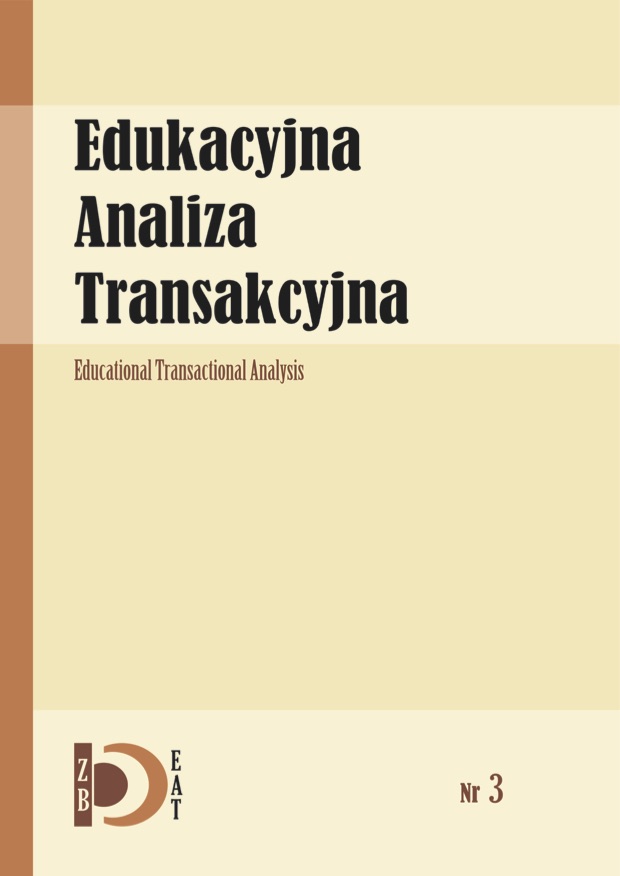The Use of Mind Maps in the Teaching Process
Mindmapping and the Verification of the Effects of Education in the Area of Educational Transactional Analysis
DOI:
https://doi.org/10.16926/eat.2014.03.08Keywords:
mind maps, transactional analysis, teachingAbstract
This article attempts to show how the Mind Mapping method can be used in teaching and assessing the effects of education. A mind map is a multifunctional tool that could aid the educational process on many levels. Its formation allows for greater creativity and multidirectional thinking, which has a positive effect on the rate of learning and remembering information. It can also be-come an innovative way of enhancing teacher’s preparation for lessons and their actual conducting, which helps to pass the knowledge to students in an attractive form. It may also be a methodof verifying the student’s knowledge, which really streamlines the process of assessment. Insteadof reading long essays, the teacher can have an insight into students’ knowledge and skills ata glance. Four mind maps are presented in the article as examples; the maps were created by students taking an exam in educational transactional analysis. They clearly indicate that a teacher, looking at only one page, which does not take up a lot of time, can analyse the students’ way ofthinking as well as identify the areas sufficiently mastered by them and the areas in which they need some improvement.
Downloads
Downloads
Published
How to Cite
Issue
Section
License
I am aware that the Educational Transactional Analysis journal is published under a Creative Commons license - Attribution (https://creativecommons.org/licenses/by/4.0/legalcode).
By submitting the article, I agree to make it available under this license

